We Are Parts of Many Things
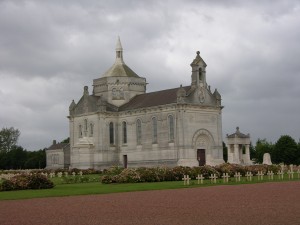
Notre Dame de Lorette. The largest French Cemetery of the Great War. To this day I recall my feelings and first impressions. A site of great human impact.
A Journey and Study of Context
It was a curious thing I set out upon.
Having traveled many times to London, England and ventured forth from various rail stations to different parts of the United Kingdom, I took on more and more the role of the observer of place. These built structures and landscapes were more than just single accomplishments of man and nature they were all interconnected, parts of many things.
To travel adds dimension to one’s soul, it takes us on journeys where there is much new to see, people to chat with, to learn from, experience and share. Yet what was that one curious thing I did and how did it add to my understanding of being parts of many things?
I return to the former exhibits (pre-2014) at the Imperial War Museum, London where I became caught in their interpretation of the Great War and the Second World War. It was here that upon entry you encountered the large “anchors” of those desperate times, the weapons of war, the tanks, and rockets, transport and other devices. These icons held visitors in place and set the tone for the building – what else did this hall of collected material hold?
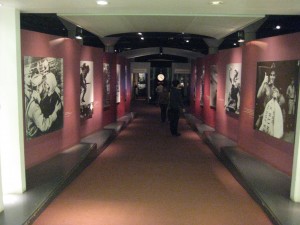
The pre-2014 IWM hall leading to the Great War and Second World War displays. Strength in simplicity on a complex subject.
So as I moved away from these stunningly large objects I walked down the hall towards the galleries that held the smaller objects of the time. There was, in the introductory hall of large images with their simple messages beside, the sympathetic awareness that considerable forethought was ascribed to the delivery of what was to be seen. We were made to feel in that hall – the emotions of conflict – we became aware that all were affected, we saw raw human emotion – in effect one part of many things. This introduction did not disappoint, and I realized that this was a cumulative effect, the entry way not thought without the next part, the introductory hall and so it would continue.
It was at the IWM that the curious thing I did was to record all of the exhibit items (several hundred pieces), whether objects or documents, images, art, or other in my own personal catalog. This could not be done in one go and took a few visits over a few trips to accomplish but this diary of inclusion started a passion within me to seek beyond the obvious and to realize that single items although significant unto themselves were greater in a greater context. I could from this time appreciate those who had walked down this path to ask the questions that took us beyond the thing and delivered us to the why of history. Story upon story, connection to connection, objects with documents, oral history with art, all combined – all in a greater context – parts of many things.
This personal practice continues to evolve as I wander about the many sites of my interests. No matter what historic site, what museum, what context I am in I always think upon the more. What more is there that we can think about? What will take our interpretation to the next level? Will it be a photograph or sound, a phrase, a work of art, a moving image or an object – what brings it together that makes for a greater context – a greater understanding that connects the many to a past that previously felt unconnected?
As I walk the many sites of conflict that I have journeyed to, I see the reminders of that past and search for that image or feeling I can take back with me – to use one day in publications, exhibits, or film. I try to think beyond that which is in front of me, the weather, the wildlife, changes to this landscape. I reflect upon the silence, and the noise of the past. What did it sound like, what colour was this landscape? What was the litter of war?
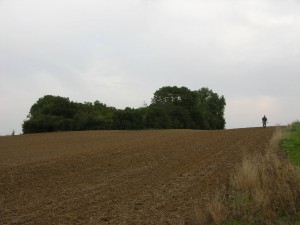
Within the wooded area, the Hawthorne Crater, Somme. A day of exploration and memory. Capturing our feelings about these sites, this sympathetic awareness or emotional archaeology, delivers so much in our interpretations.
To apply this methodology to other historical subjects, apart from military history, has given me the greatest of pleasures. Forever caught in the desire to bring greater understanding to a subject, to attempt to harness the feel of a time, without implying what is to be felt may be difficult but it is the effort that makes it worth attempting. By being appreciative of all that may affect the what, the is, the why or the how allows me to grow as a historian, all the while being sensitive to the understanding that we are all parts of many things.

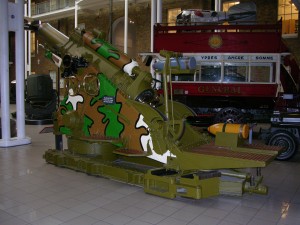
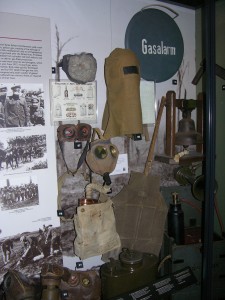
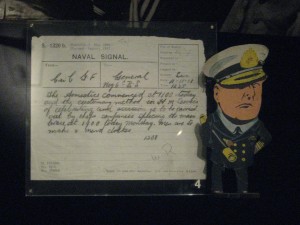
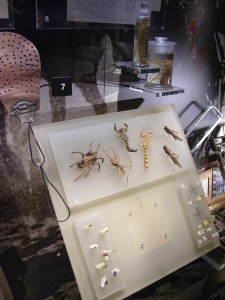
Comments